|
The RMS Titanic struck an iceberg late April 14, 1912 and sunk, in the early morning hours, April 15. An estimated 1514 lives were lost.
These Titanic artifacts are currently on loan. The small black rock is a piece of coal. The metallic spoon shaped object is a shoehorn provided in first class.
0 Comments
The Harmon Museum’s Armstrong Gallery of Flight has been accepted as a member of the Dayton, Ohio’s Historic Aviation Trail, “a non-profit corporation in partnership with the National Park Service, to promote Aviation Heritage in the Dayton region.”
The Armstrong Gallery of Flight houses a collection of rare aviation related artifacts including Orval Wright’s top hat worn at the Wright Brothers’ Homecoming Celebration in June of 1909. Also on display are items gifted from Neil Armstrong and artifacts relating to the incredible legacy of Ohio’s Flying Farmers. Other sites on the historic Aviation Trail include The Wright Cycle Company, Carillon Historical Park, and the National Museum of the United States Air Force. For more information on the Armstrong Gallery of Flight, click here. It is open, along with the rest of Harmon Museum, from 10-4pm, Tuesday-Saturday. 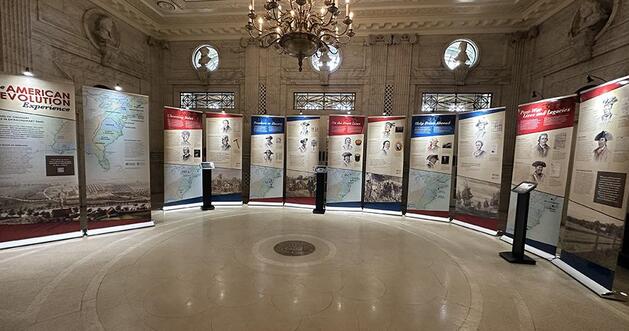 Thanks to the initiative of the Harmon Museum and the Turtlecreek Chapter of the Daughters of the American Revolution (DAR), the Harmon Museum will be one of the first two museums in the country to host the American Revolution Experience, a collaborative project of the American Battlefield Trust and the National Society of the DAR, in Washington DC. This new traveling exhibit, "connects modern audiences nationwide with the people and places that shaped the birth of our nation using visuals & technology." The Harmon Museum will also be displaying unique Revolutionary War artifacts from its own collection. The American Revolution Experience will be on display at the Harmon Museum’s Armstrong Conference Center (121 S. Broadway, Lebanon, Ohio 45036) January 16 through February 16. For more information, visit the American Battlefield Trust's website or our special exhibits page. 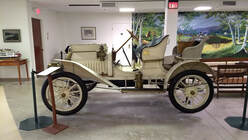 1908 Buick Model D On display in Harmon Museum. Gift of the Ertle Family David Dunbar Buick, Walter Marrs and Eugene Richard started building the Model B automobile in Flint, Michigan in 1904. The Model D was the first full-sized Buick to join the smaller Model B in 1907. The Model D has a four-cylinder, 255.0 cubic inch T-head engine that was installed in the front with a rear-wheel drive and was one of the only cars with side valves that Buick made. The brakes on the Model D are mechanical with levers attached to the rear axel and drive shaft. FUN FACT: 1908 was the last year Buick used kerosene for their lamp headlights. Rookwood Pottery is an American Art pottery company, located in Cincinnati, and founded in 1880. It was extremely popular until the Stock Market crash of 1929. and eventually closed in 1967. In 2004, it was revived, the new American Art pottery company taking the name and building on the old site.
The Warren County Historical Society has an extensive collection of original Rookwood Pottery on display at Harmon Museum.  "The paintings and drawings I create are intended to build bridges between the past, present, and future for both individuals and ALL groups of people, through stylistic ideas and expressions that crossover into many genres. Historically, my interest in art draws from cubism at the beginning of the 20th century. In contemporary terms, I have been noted to create images that relate to elements of urban architecture, highlighting areas of the city in which I lived and worked. My intention was to create a kind of architectonic lyricism. Much of my work still combines elements of cubism and deconstructionism, thus combining my interests in the musical composition and its relationship to my visual world. A change in rhythm can be compared to a change in line, weight, brushstroke, value, and pitch. Though my work has characteristics of abstract art, I encourage my viewers to reexamine material culture through my art; therefore, my abstraction is not totally non-objective. It is semi-abstraction. In recent years my work has increasingly transitioned into bolder, brighter color, as a shift in mood and tempo create drawings that originate as studies and become important to my process. The forms seem to grow like plants and flowers interweaving together in my vivid pictorial arena. While incorporating shapes that reference biomorphic forms in nature and internal human anatomy, I combine recognizable imagery placed in natural and man-made environments to create paintings that celebrate the enduring positive spirit of humanity through passionate color. This use of vibrant color adds a dreamy and playful quality to my work. As a child, I possessed the passion to put my interpretation of the world around me on paper, later forging those images into paintings. I want the child I once was to be represented in my paintings on a visceral level, and at the same time express the refinement of a maturing culmination. The personal becomes the universal. Art is an important way for me to communicate and subsequently build relationships with others. My work is a spiritual testimony to the visual experiences that arouse my senses. As I examine and interpret the world around me, I seek to share an exquisite interplay of subtle and bold." Lebanon native and wealthy real estate developer William Elmer Harmon founded the Harmon Foundation in New York in 1922. Originally the new foundation supported the creation of playgrounds throughout the United States, the production of films about biblical subjects, and health care programs. However, it is better known today as the first major foundation supporting African-American creativity and ingenuity. W.E. Harmon's father was an officer in the 10th Cavalry regiment, a black unit known as the Buffalo Soldiers. Being raised among the soldiers had an impact on the young boy, and formed an accepting attitude toward African-Americans. Later in life, Mr. Harmon was moved after meeting a young African American artist in New York who was unable to sell his paintings because of his race. With a new focus, the Harmon Foundation began presenting cash awards in 1925 to African-Americans for distinguished achievement in eight fields: fine arts, literature, music, race relations, business, religious service, education, and science. Between 1927 and 1933, the Harmon Foundation was one of the first to give national recognition to the achievements of African-Americans. It is best known for its impact on the art of the Harlem Renaissance. Among the many recipients of the awards were; Countee Cullen, Claude McKay, Langston Hughes, James Weldon Johnson, Laura Wheeler Waring, Sargent Johnson, and Walter White. Hale Woodruff and Palmer Hayden were the very first recipients of the William E. Harmon Foundation award for Distinguished Achievement Among African Americans for the Fine Arts. The purpose of the awards were to stimulate creative achievement and bring attention to the work being accomplished by African American artists. The Foundation closed in 1967 and dispersed its considerable art collection to the Smithsonian’s Art Museum and the National Portrait Gallery, and other institutions. The Harmon Foundation is best known for its impact on the art of the Harlem Renaissance. Among the many recipients of the awards were; Countee Cullen, Claude McKay, Langston Hughes, James Weldon Johnson, Laura Wheeler Waring, Sargent Johnson, and Walter White.
Hale Woodruff and Palmer Hayden were the very first recipients of the William E. Harmon Foundation award for Distinguished Achievement Among African Americans for the Fine Arts. The purpose of the awards were to stimulate creative achievement and bring attention to the work being accomplished by African American artists. The Foundation closed in 1967 and dispersed its considerable art collection to the Smithsonian’s Art Museum and the National Portrait Gallery, and other institutions. - Michael Coyan If you live in Kings, you may or may not know where your town's name came from. Ahimaaz King founded the Great Western Powder Works in 1877. A wooden dam was constructed to divert water from the Little Miami River into a canal the powder mills used.
Kings built his employees homes, a general store, schools, a church, etc. Almost the entire village of Kings Mills was created to house the employees of King's mills, the first home being Ahimaaz's own. Built in 1885 and patterned after his uncle's located in Xenia, the King Mansion is still a local landmark. In 1887, Gershom Moore Peters, an employee of Kings', a former Reverend and King's son-in-law, founded Peters Cartridge Company nearby. Peters had invented a machine which simplified and improved the process of manufacturing shotgun shells. By the time the two companies merged, they were known nation-wide. In July of 1890, a rail car accident at the station triggered an explosion killing twelve. The resulting fires would destroy many of the company's wooden framed buildings including the station, the freight house, two Peters office buildings, the shell factory, the cartridge loading plant, a warehouse and six employee homes. As World War I approached, the company began receiving large ammunition orders. With the money, they were able to construct buildings out of brick and reinforce them with concrete, including the factory (that we all recognize) in 1916. Remington Arms purchased the Peters Cartridge Company in 1934 and it would cease operations in 1944.
- written by Jeanne Doan, Assistant Director
The Warren County Historical Society began 2019 with lots of plans: a series of Lunch and Learn presentations, new programs, and traditional events. Then came Covid-19. No one predicted what a dramatic effect it would have. At the time of the shutdown, the Archaeology and Native American Artifact room, on the ground floor of the museum, had become a depository for overflow from other storage spaces. During the shutdown, volunteer time was used effectively to clean and reorganize multiple storage spaces. The now clutter-free artifact room badly needed a make-over. Damp, dark, and outdated, the room cried out for help. Enter Mr. Doug Baird, a specialist in fossils and Native American artifacts. After inspecting all the artifacts in the display cases and boxes in the vault, Mr. Baird informed us that WCHS has "the finest collection of fossils and Native American artifacts I have seen outside of the Smithsonian." WCHS staff and volunteers have been working hard to clean, repaint, and rearrange. Display cases were resurrected from the basement of Glendower. Mr. Baird and his assistant sorted and relabeled the artifacts. The project was completed late November. We want to extend our thanks to everyone who has been key to this transformation. The Harmon Museum looks forward to unveiling our new comprehensive display honoring our ancient Ohio beginnings. There's always something new to see at WCHS properties! We've been working hard to present our ever growing collection in new and exciting ways!
The foundation for the Beedle Log Cabin has been dug and concrete poured. Currently, in progress at Harmon Museum, we're building and furnishing a Mid-Century Modern Apartment. Our Archeological exhibit received a face-lift and our pre-historic artifacts have been given new life with updated displays. The agricultural collection, in the Farm Heritage Gallery, has been thinned and organized to better showcase the items on display before rotating new items in from storage. And, we'll be able to welcome guests into it all through the Broadway entrance with newly redone front steps. Glendower Historic Mansion may be closed for the season but the upper floor's wings have been opened up to show the Maid's Quarters and Wash Room to better convey the life of those that also lived in the home. The newly renamed Armstrong Conference Center (the Old Post Office) has a wonderful sign along with the new Armstrong Gallery of Flight. This gallery is dedicated to the men and women, of Warren County, that made great strides in the frontier of the skies and above. Jeanne Doan, Assistant Director & John J. Zimkus, WCHS Historian Three women, of varied backgrounds, joined together to become the nucleus of the women’s suffrage movement in Warren County: Lucile Blackburn Berry, Mary Proctor Wilson and Ladora Scoville Owens (once owner of Glendower Mansion).
The first meeting of what would become the Equal Suffrage League met in the Lebanon Opera House on April 22, 1912. After a committee was formed to nominate officers, Wilson was chosen as the first president and Owens as the vice president. Representatives from each township were selected and Berry was picked to represent Turtlecreek. On June 27, 1912, the committee met at Wilson’s home at 108 N. Broadway, located at the northeast corner of Silver and Broadway (The Breakfast Club stands there now). There, the League arranged for the Dr. S. D. Fess, the Republican candidate for Congress in the sixth district and the president of Antioch College, to deliver a non-partisan address at the Lebanon Opera House. There, he put himself on record for the women’s suffrage proposal. Fess would win that election and later be elected a US senator from Ohio. In 1912, multimillionaire real estate magnet and Lebanon native, William Elmer Harmon (you can learn all about him in a previous post) appointed his good friend, Owens, to be a board member of the newly established Harmon Civic Trust. Harmon had stipulated that at least two members of the Trust’s board of trustees must be women. Owens was one and Berry was the other. The League made arrangements with the Trust to hold regular meetings at Harmon Hall. By 1914, Lucile Blackburn Berry was the president of the Equal Suffrage League. On July 23, 1914, The Western Star reported that the League had “held a very enthusiastic" meeting on July 17. At the meeting, Berry "...gave a report of the results of the recent circulation of petitions. There were 1,049 signatures obtained in the County." Wilson, along with another couple, the Chapmans, were chosen to present the petitions to the Secretary of State in Columbus. Nearly 150,000 names were signed to the suffrage petitions, 46,000 more than necessary. The Western Star headline, on July 30, 1914, read, “Ohio Suffragists To Descend on State Capitol Today." And descend they did. At 4:30 that afternoon, bands accompanied suffrages from Cincinnati, Cleveland, Toledo, Akron and other areas to form a procession that marched from the Ohio Suffrage Organization's Columbus headquarters, in the Chamber of Commerce Building, to Capitol Square. Harriet Taylor Upton, the organization's president, spoke along with several others including the president of Ohio State University and Representative W. B. Kilpatrick. The counties presented their petitions and, as planned, Mr. and Mrs. Chapman and Mary Proctor Wilson presented Warren County's. Congress wouldn't draft the 19th amendment (giving women the right to vote) until 1919 but Ohio was quick to ratify it on June 16, 1919. The also passed a law stating that, if the amendment wasn't a law by the 1920 election, women would be about to view in Ohio regardless. However, by August of 1920, the amendment would gain the backing it needed (36 states) and pass into constitutional law. Thanks, in part, to a teacher (Berry), a newspaper editor (Wilson) and a socialite (Owens) who came together to fight for all Americans' right to vote, regardless of gender. Learn more of the story at Harmon Museum's newest exhibit, "Women Leading the Way." Harmon Museum's newest exhibit, "Brides of Yesteryear", is now open. Featuring more than 25+ wedding gowns worn by Warren County brides between 1870 and 1970. This retrospective of wedding fashions includes photos of the brides wearing the gowns on their wedding day, along with information about the fabric and embellishments used to construct the dresses.
Lisa Holz, a Harmon Museum volunteer and costume historian curated the exhibit under the director of Textile Curator Jeanne Doan. A team of volunteers worked with Holz and Doan to create the exhibit from early February until April 12 when the exhibit opened. “We are very lucky to have a large collection of soft body mannequins made by past textile department staff and volunteers so we are able to display these fragile dresses without stressing the seams or otherwise damaging the clothing”, said Textile Curator Jeanne Doan. “Our textile collection is our single largest collection at Harmon Museum and we work very hard to preserve and conserve each piece so visitors can enjoy these beautiful creations for years to come”. Holtz was also be the speaker at an extremely well attended Lunch & Learn, of the same name, on June 12th. The exhibit is open through November 2019. Hours are Tuesday through Friday 9:00 a.m. to 4:00 p.m. and Saturday 10:00 a.m. to 5:00 p.m. Admission to the museum is $10.00. Harmon Museum's newest exhibit, "Brides of Yesteryear", is now open. Featured are more than 25 wedding gowns worn by Warren County brides between 1870 and 1970. This retrospective of wedding fashions includes photos of the brides wearing the gowns on their wedding day, along with information about the fabric and embellishments used to construct the dresses.
Lisa Holz, a Harmon Museum volunteer and costume historian curated the exhibit under the director of Textile Curator Jeanne Doan. A team of volunteers worked with Holz and Doan to create the exhibit from early February until April 12 when the exhibit opened. “We are very lucky to have a large collection of soft body mannequins made by past textile department staff and volunteers so we are able to display these fragile dresses without stressing the seams or otherwise damaging the clothing”, said Textile Curator Jeanne Doan. “Our textile collection is our single largest collection at Harmon Museum and we work very hard to preserve and conserve each piece so visitors can enjoy these beautiful creations for years to come”. Holtz was also the speaker at an extremely well attended Lunch & Learn, of the same name, on June 12th. The exhibit is open through September 28, 2019. Hours are Tuesday through Friday 9:00 a.m. to 4:00 p.m. and Saturday 10:00 a.m. to 5:00 p.m. Admission to the museum is $10.00.  Currently in the Mote Gallery of the Harmon Museum is a unique collection of artifacts and memorabilia displayed to commemorate the 100th Anniversary of the Armistice of WWI. Included in the exhibit is A distinctive medallion minted to venerate the infamous sinking of the Lusitania. With this cruel act, the push for United States’ involvement in the Great War escalated. Original Western Star newspaper articles tell of the patriotism of the citizens of Warren County. The people of this county assembled in great numbers behind their boys, gave at very successful war bond drives and, even in the midst of the Spanish Flu epidemic a terrible sickness, kept the boys from Warren County close to their hearts and prayers. The display also has The doughboy olive drab uniform and personal gear of Dr. Harold Drake, which gives a glimpse into the daily life of a soldier in wartime. As the assistant to a general, Corporal Drake always had carried his gas mask close at hand. There are also well-worn maps and a captured German rifle that were a witness to this brutal confrontation across the Atlantic. With the Armistice on November 11, 1918, peace could finally come to end this Great War, our first world war. The exhibit will be on display through January of 2020. |
AuthorVarious staff and volunteer writers. Categories
All
Archives
June 2024
|
Email: [email protected]
Wchs Office/Harmon MuseumTues - Sat: 10am - 4pm
Year Round |
1795 BEEDLE cABINPhone for hours
Year Round |
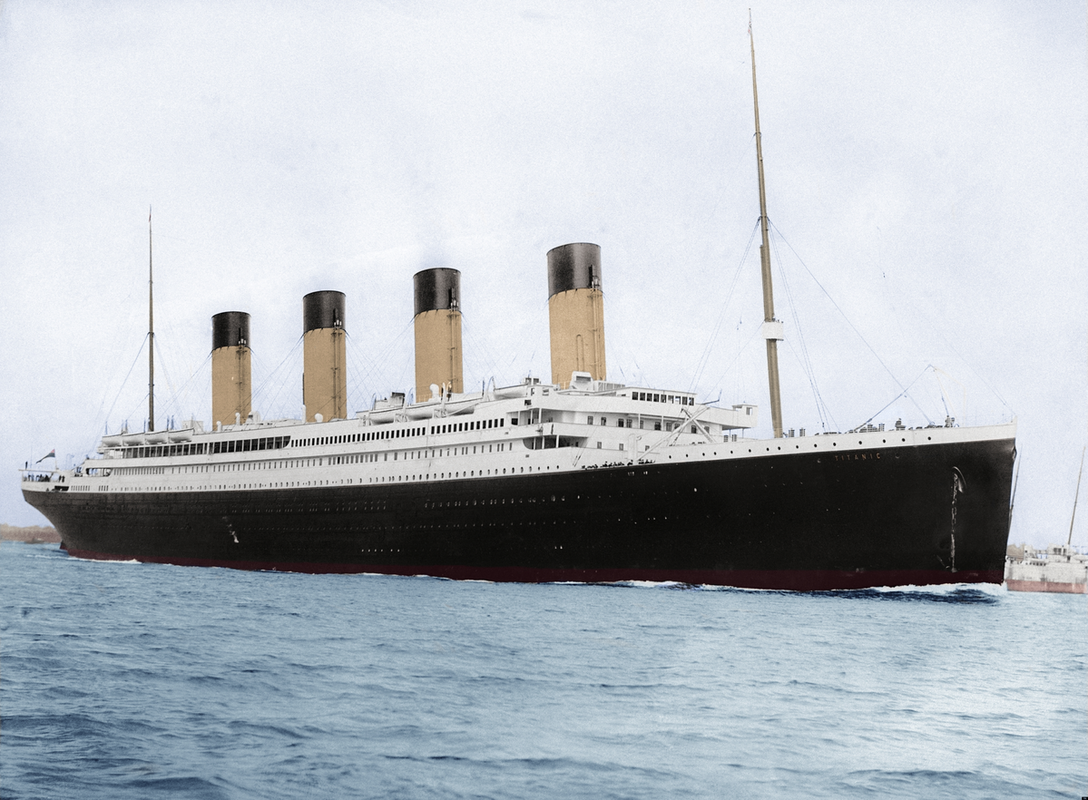
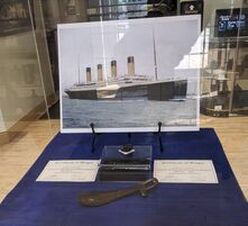

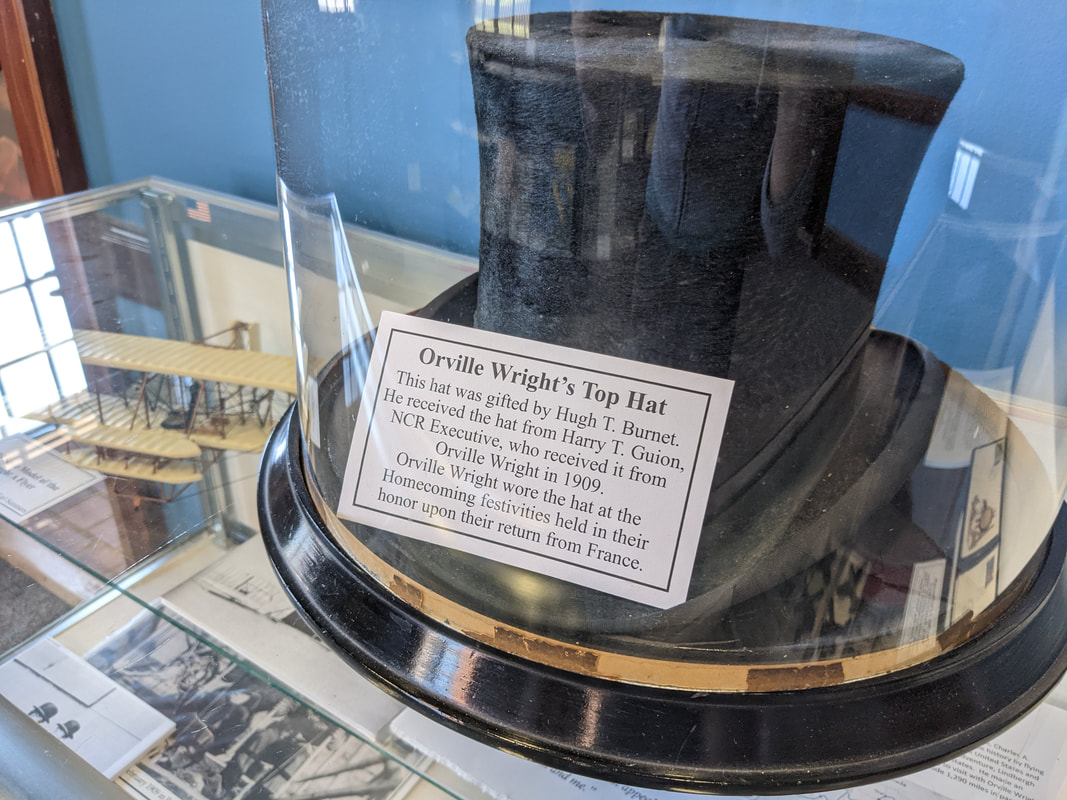



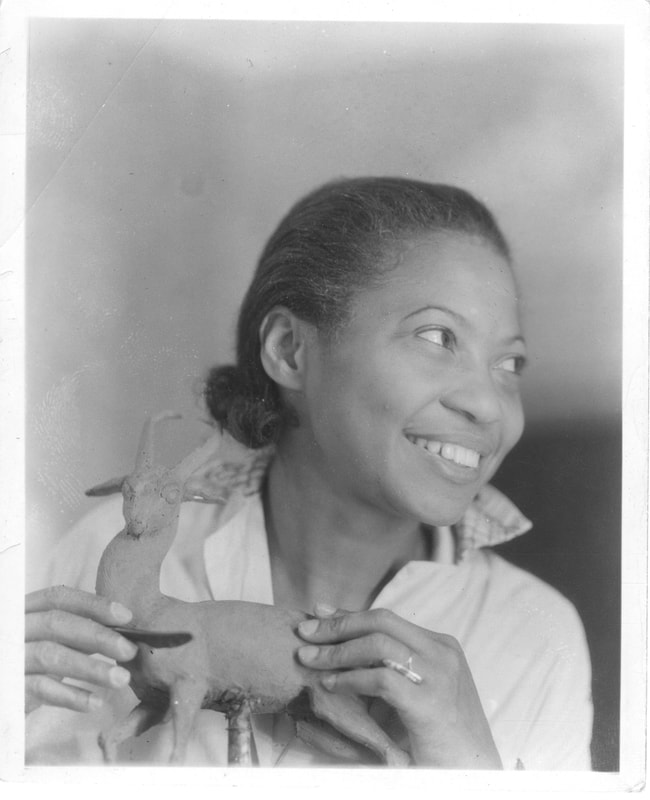

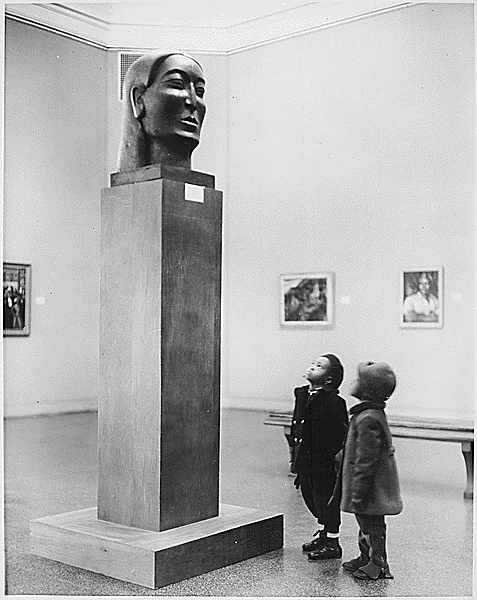



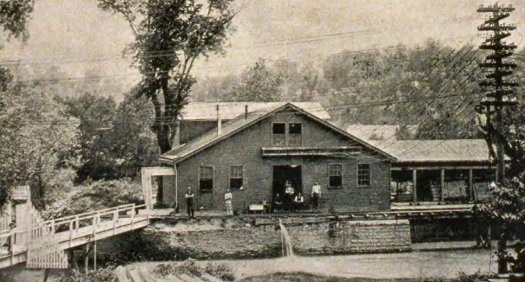

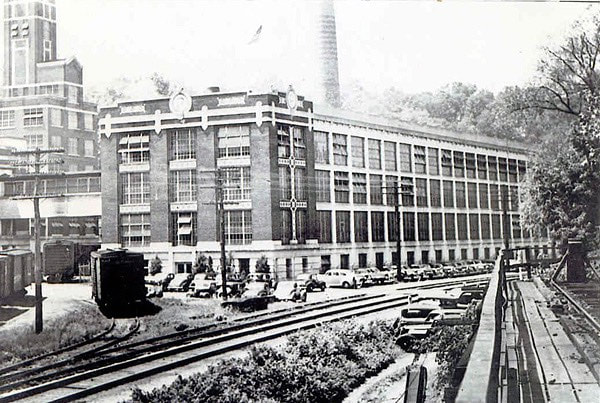
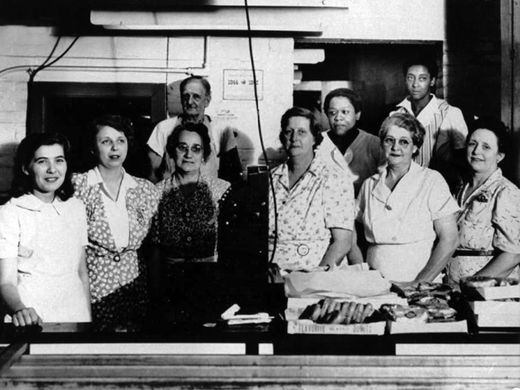


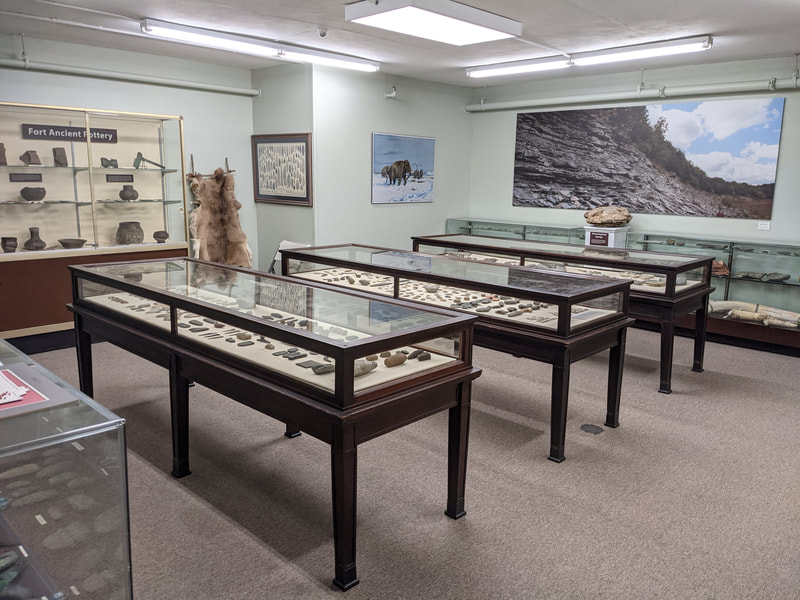


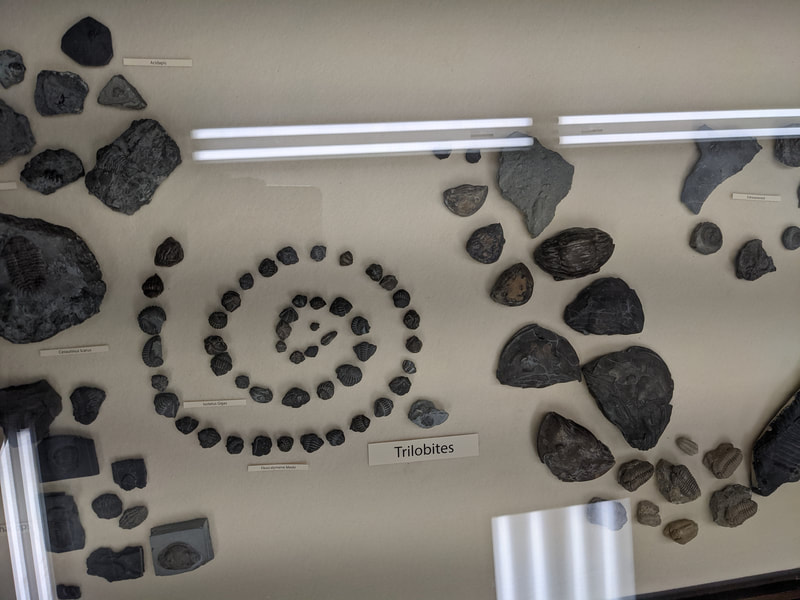

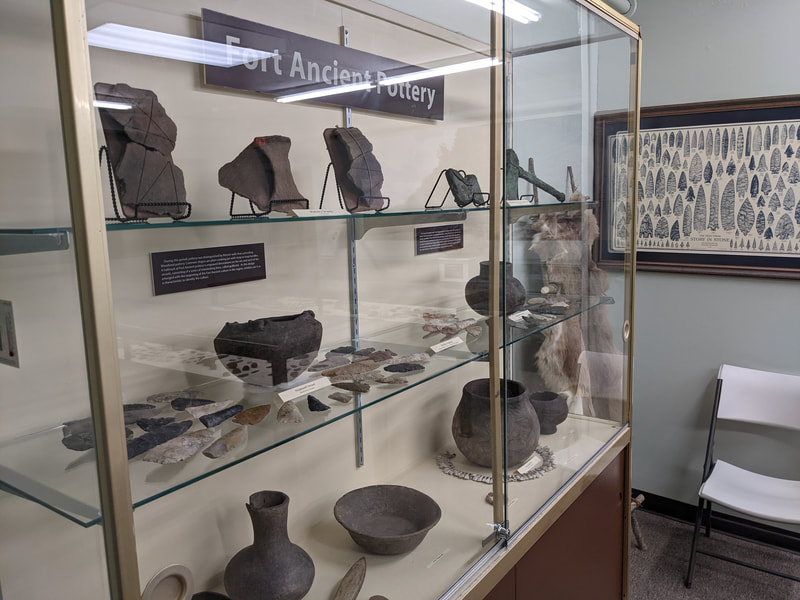


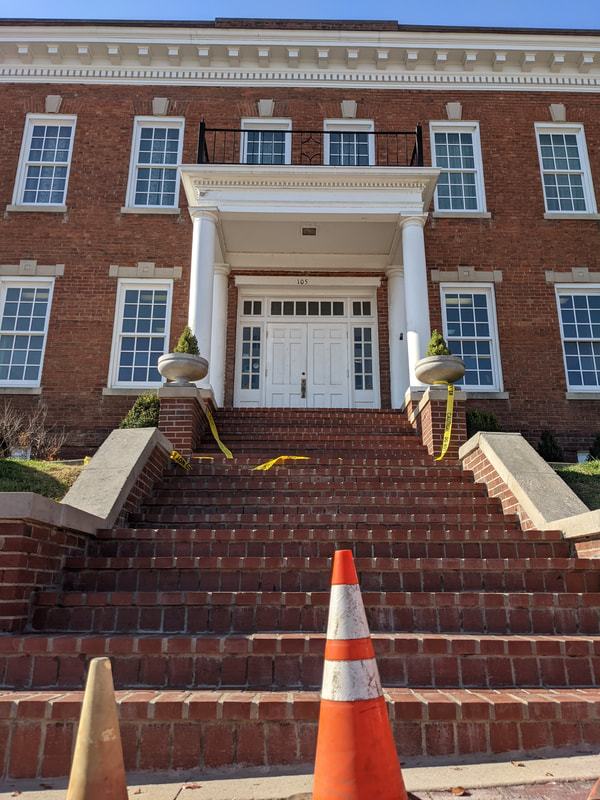

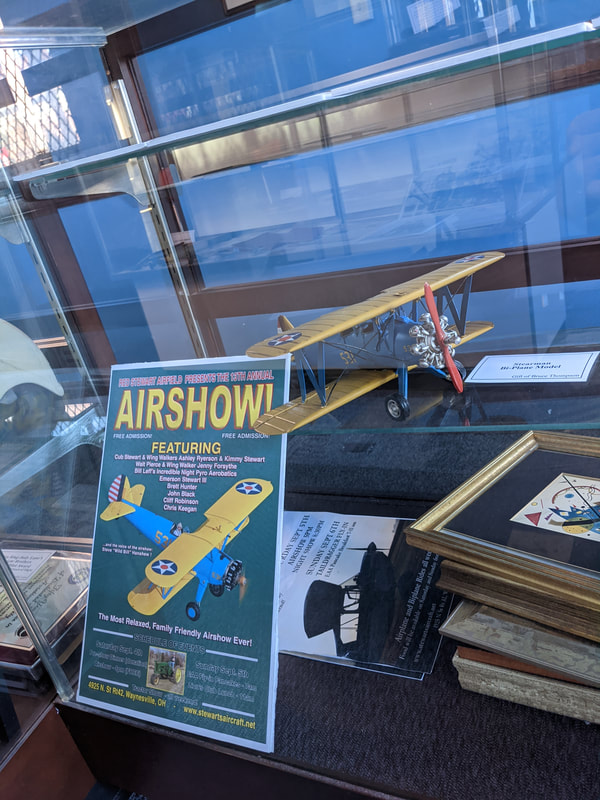
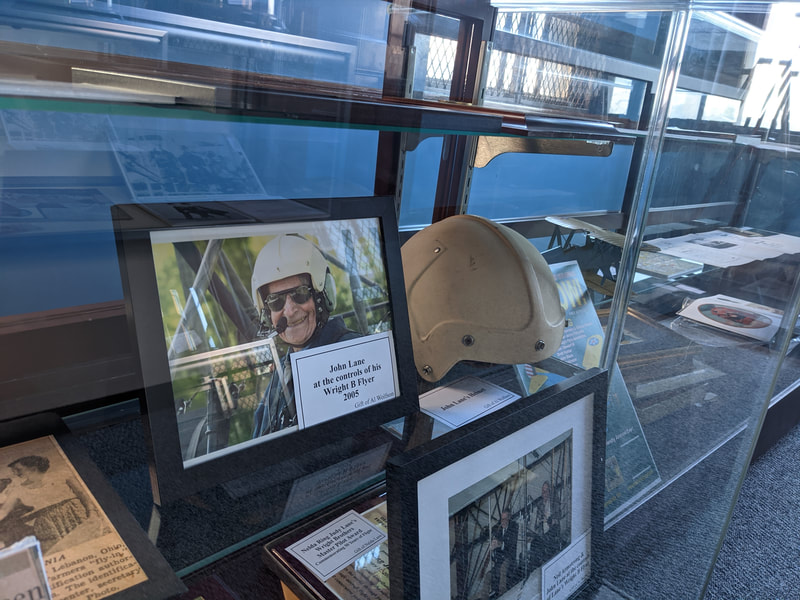


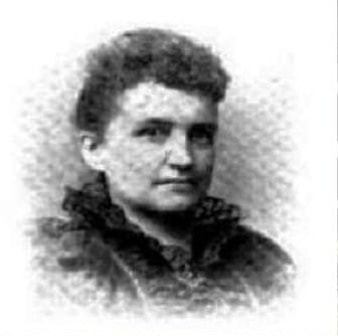

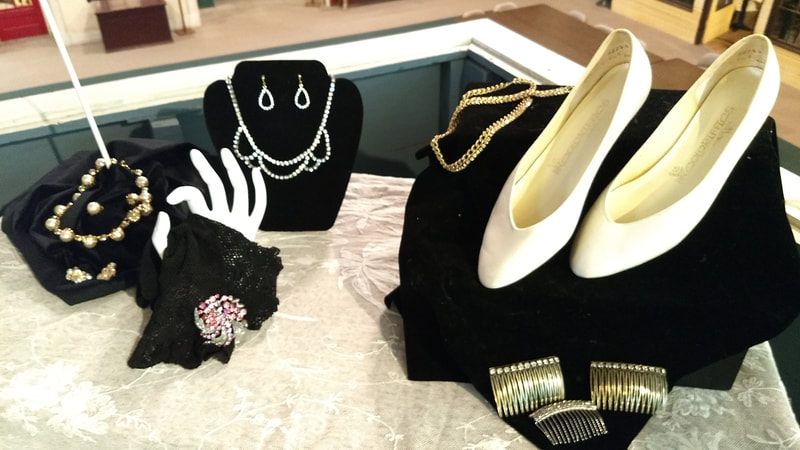


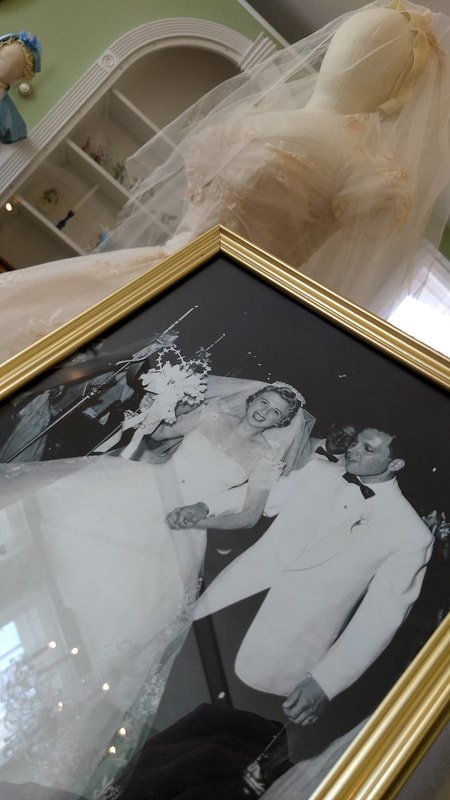
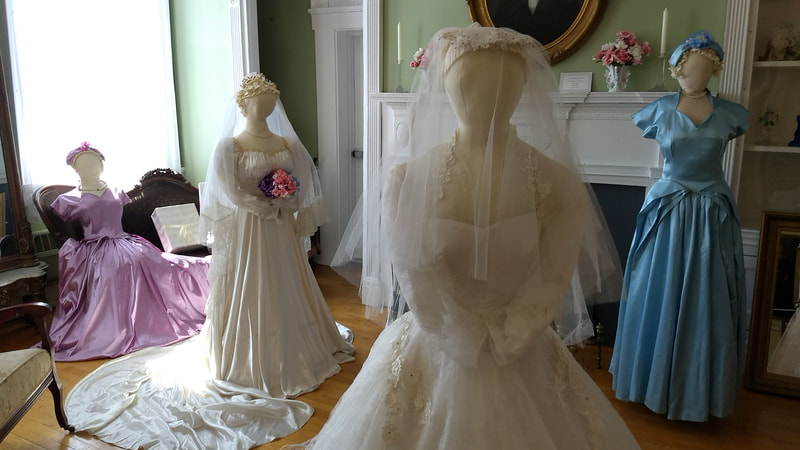
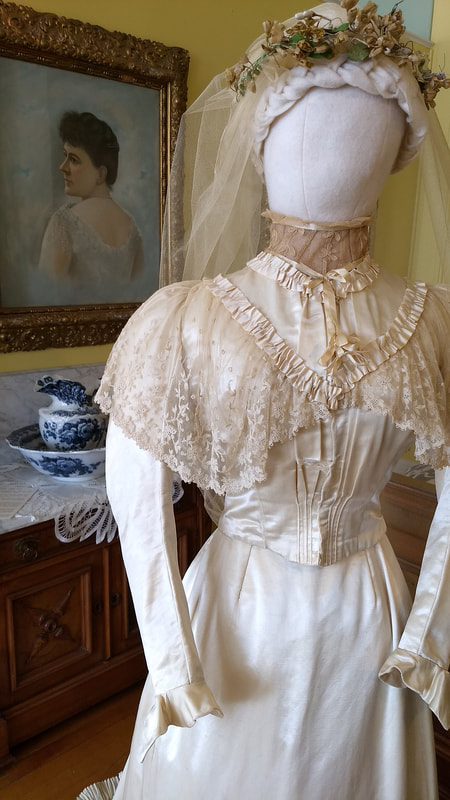
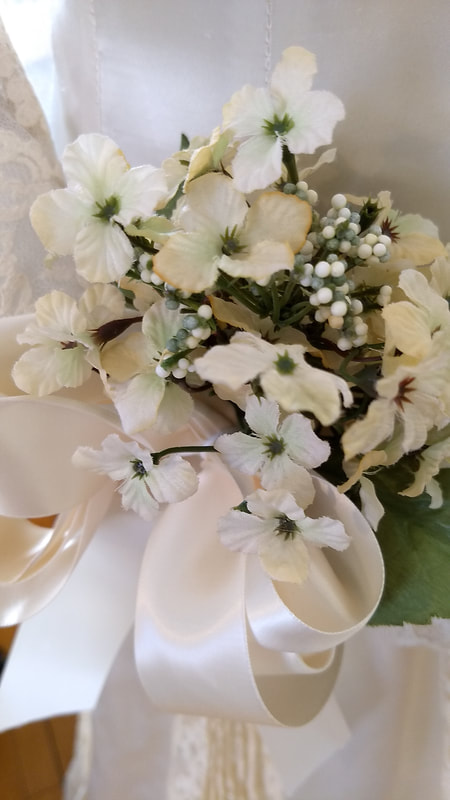
 RSS Feed
RSS Feed





